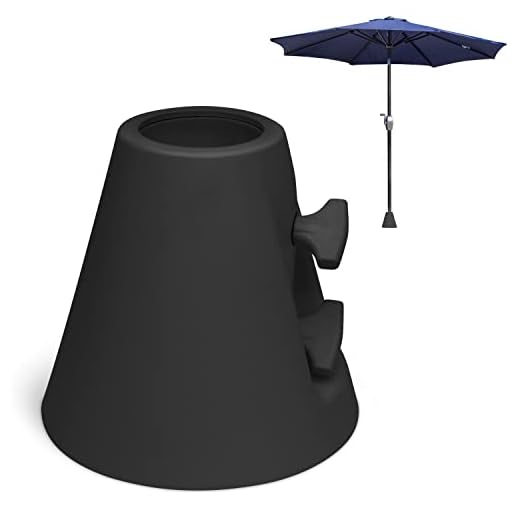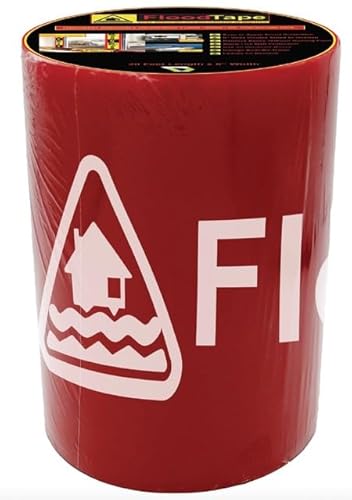
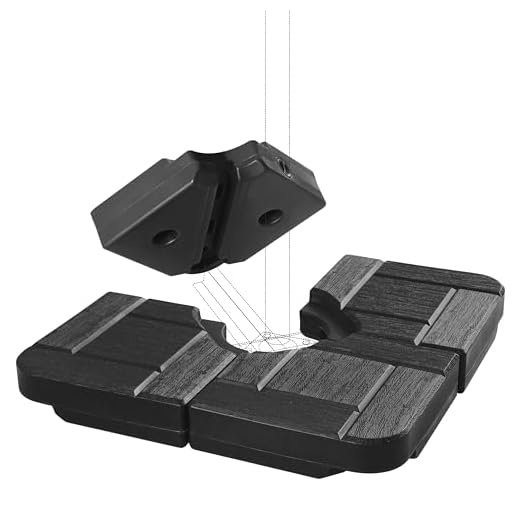
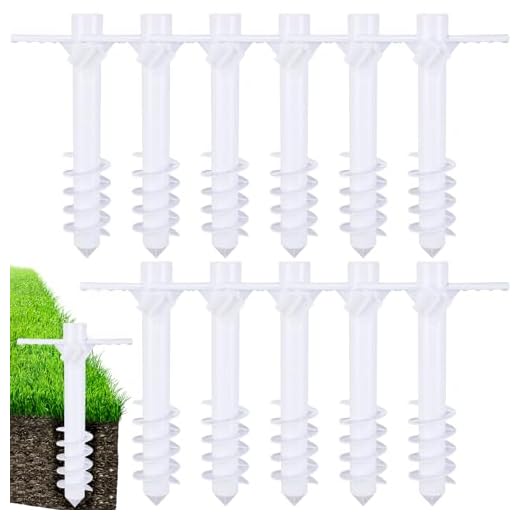
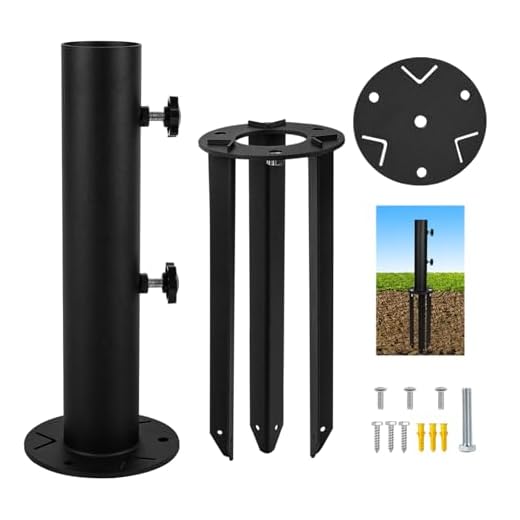

To ensure stability in turbulent conditions, consider using a weighted base or anchoring system. This article explores various methods to keep your sunshade firmly in place, allowing you to enjoy your time outdoors without worry.
Readers who frequently visit coastal areas or enjoy outdoor gatherings will find practical strategies and insights. The content is aimed at beachgoers, picnic enthusiasts, and anyone looking to maintain comfort while facing unpredictable weather patterns.
We will cover options such as using sandbags, specialized stakes, and innovative designs that can withstand gusts. With these approaches, you’ll gain confidence in your setup and enhance your outdoor experience, ensuring your relaxation remains uninterrupted.
Optimal Methods for Securing a Sunshade During High Gusts
To ensure stability during gusty conditions, utilizing a combination of weights is recommended. Filling a large, sturdy bag with sand or gravel can provide a significant amount of heaviness, which helps prevent the sunshade from toppling over. Place this bag at the base of the structure for maximum effectiveness.
Another practical approach involves using a specially designed anchor that can be driven into the sand. These anchors typically have a spiral shape, allowing them to grip the ground firmly. Insert the anchor deeply into the sand and attach the shade’s pole securely to it to withstand strong air currents.
Additional Techniques for Enhanced Stability
In addition to weights and anchors, consider the following methods:
- Windbreaks: Positioning items such as beach chairs or towels around the base can help deflect wind and reduce pressure on the canopy.
- Guy Lines: Employing guy lines attached to the top of the structure and anchored to the ground or other heavy objects can provide extra support.
- Adjustable Poles: Using adjustable poles allows for modifications in height and angle, making it easier to find a more stable position against the wind.
Testing these techniques before heading out can make a notable difference in overall safety and comfort. Always be prepared to adjust your setup based on real-time wind conditions.
Choosing the Right Base Weight for Stability
For maintaining stability in blustery conditions, selecting an appropriate base weight is critical. A heavier foundation reduces the risk of tipping over, ensuring that your shade provider remains securely in place. The weight of the base should correspond to the height and size of the structure it supports.
Generally, a base weight of 25 to 50 pounds is recommended for typical outdoor canopies. Larger shades may require bases that exceed 50 pounds to withstand gusts. It’s advisable to consider both the dimensions of the canopy and the intensity of the wind expected in your location.
Factors to Consider
- Wind Speed: Assess local weather patterns to determine the average wind speeds. Higher speeds necessitate heavier bases.
- Canopy Size: Larger canopies catch more wind and require more substantial weights.
- Material of Base: Choose bases made of durable materials such as concrete or metal for longevity and effectiveness.
- Adjustability: Consider bases that allow for weight adjustments, enabling you to modify stability based on changing conditions.
By evaluating these factors, you can ensure that the chosen base weight not only supports the structure effectively but also enhances safety during gusty weather. Remember, the right balance between weight and structure size is key for optimal stability.
Utilizing Sand Anchors for Enhanced Grip
Employing sand anchors can significantly improve stability during breezy conditions. These devices are designed to be buried in the sand, providing a secure hold that can counteract lateral forces. The installation process is straightforward and can be executed in a matter of minutes.
To utilize a sand anchor effectively, first, select a location with sufficient sand depth. Dig a hole deep enough to accommodate the anchor, ensuring it is securely embedded. Once in place, attach the support structure or pole to the anchor, making sure that the connection is firm. This method prevents the risk of dislodgment caused by gusts.
Additional Tips for Optimal Stability
- Consider using multiple sand anchors for larger setups to distribute the load.
- Regularly check the tightness of the connections, especially after strong gusts.
- Use a wider base or additional weight on top of the anchor for enhanced resistance against uplift.
For added security, fill the top of the anchor with sand after installation. This helps to create additional friction and weight, further stabilizing the structure against forces from above. Following these guidelines can significantly reduce the likelihood of unwanted movement during inclement weather.
DIY Solutions for Securing Your Umbrella
Utilizing sandbags offers a straightforward method for maintaining stability in gusty conditions. Fill several durable bags with sand and position them around the base of your shelter. This approach not only adds weight but also creates a barrier against shifting currents of air.
An alternative option involves creating a simple PVC holder. Cut a piece of PVC pipe to a suitable length and drive it into the ground, ensuring it is deep enough for secure placement. Slide the pole of your shelter into the pipe, allowing for added support against the elements.
Additional Techniques to Enhance Stability
Consider using a combination of techniques for optimal results:
- Water Weights: Fill large containers or buckets with water and place them at the base of the structure. This adds significant weight and keeps it grounded.
- Ground Stakes: Use heavy-duty stakes to anchor the shelter into the sand or soil. Attach ropes from the top of the pole to the stakes for increased resistance to strong breezes.
- Weighted Base: Create a weighted base by filling a sturdy container with concrete and embedding the pole within it. This option provides a solid foundation that can withstand turbulent conditions.
Experimenting with these methods will allow for a customizable approach to securing your shade provider and ensuring a more enjoyable outdoor experience.
Safety Tips to Prevent Canopy Damage and Injury
Secure your setup by choosing a location with minimal exposure to gusts. Avoid placing the structure near cliffs, trees, or other objects that can cause turbulent air. The right positioning can significantly reduce the risk of tipping or becoming airborne.
Utilize reliable weights to stabilize your equipment. Sandbags, water weights, or specially designed anchors should be placed on all supporting legs. A minimum of 20 pounds per leg is advisable for adequate stability.
Additional Recommendations
- Regularly inspect the structure for any wear and tear. Replace damaged components immediately to avoid unexpected failures.
- Close and secure the fabric during adverse weather conditions. This prevents flapping that can cause damage and reduce the risk of injury.
- Educate others around you about the potential hazards and ensure they maintain a safe distance when strong gusts are present.
- Consider choosing a model designed for high-wind areas, as these often feature reinforced frames and materials.
By taking these specific precautions, you can minimize risks associated with outdoor setups, ensuring both safety and longevity for your equipment.
Best way to anchor a beach umbrella in strong winds
Features
| Part Number | S01-002-001 |
| Model | S01-002-001 |
| Color | Black |
Features
| Part Number | FUB41B |
| Model | FUB41B |
| Color | Black |
| Release Date | 2023-12-22T00:00:01Z |
Features
| Part Number | XJSMWUB4BK |
| Model | XJSMWUB4BK |
| Color | Black |
Features
| Part Number | RRY-Briwooody-1585 |
| Model | RRY-Briwooody-1585 |
| Color | white |
Features
| Part Number | Deck Mount Umbrella Holder |
| Model | Patio Umbrella Stand Base |
| Color | black |
Features
| Part Number | GROUNDANCHOR-BLACK-01 |
| Model | GROUNDANCHOR-BLACK-01 |
| Warranty | All claims must be directed to the p&p imports, llc retail dealer from whom the merchandise was originally purchased, along with original delivery receipt. , p&p imports, llc warrants its products to be free from defects in material and workmanship for a period of six (6) months from date of delivery to the consumer. Please keep your original delivery receipt, as it will be required for any warranty claim. This warranty is not transferable and does not apply to merchandise purchased "as is" (i. E. Floor samples or clearance center items). This warranty does not apply to p&p imports, llc goods purchased from a non-authorized p&p imports, llc dealer or reseller. Please follow all instructions regarding your product, as failure to do so will void this warranty. |
| Color | Black |
Video:
FAQ:
What are some reliable methods for anchoring a beach umbrella in windy conditions?
One effective method is to use a sand anchor. These are designed to be buried deep in the sand, providing a sturdy base for your umbrella. Another option is to use weighted bags or anchors that can be attached to the umbrella’s base. Some people also recommend using a heavy-duty beach umbrella with a strong pole and a wider base for added stability. It’s important to ensure that the umbrella is secured tightly to prevent it from blowing away.
How can I prevent my beach umbrella from flipping inside out during strong winds?
To prevent flipping, make sure to open the umbrella against the wind. This means positioning the back of the umbrella toward the wind direction. Additionally, securing the umbrella with guy lines or straps can help keep it grounded. It’s also helpful to choose an umbrella with a vented top, which allows wind to pass through and reduces the risk of it turning inside out. Regularly checking the stability of the umbrella throughout the day can also help you catch any issues early.
Is there a specific type of beach umbrella that is better suited for windy conditions?
Yes, some beach umbrellas are specifically designed to withstand stronger winds. Look for those with a sturdy frame made from materials like aluminum or fiberglass, as these are more resilient. A vented design is also beneficial, as it allows wind to flow through rather than building up pressure. Additionally, umbrellas with a larger canopy can provide more shade and stability, making them a better choice for breezy days.
What should I do if I notice my beach umbrella starting to wobble in the wind?
If your beach umbrella begins to wobble, it’s important to take action quickly. First, check if the anchor is secure; you may need to dig deeper or add more weight. If it continues to wobble, consider collapsing the umbrella temporarily to prevent damage or injury. Always keep an eye on the weather conditions, and if the winds become too strong, it’s advisable to take the umbrella down entirely for safety.



